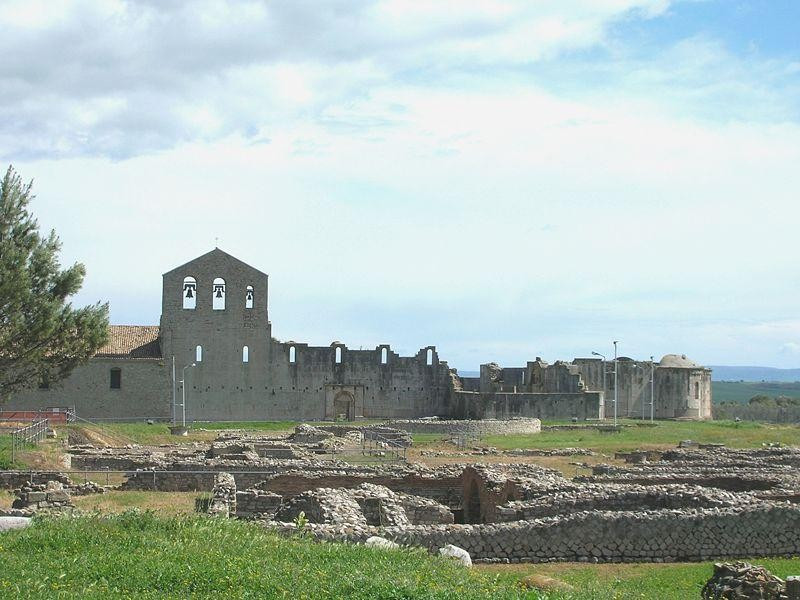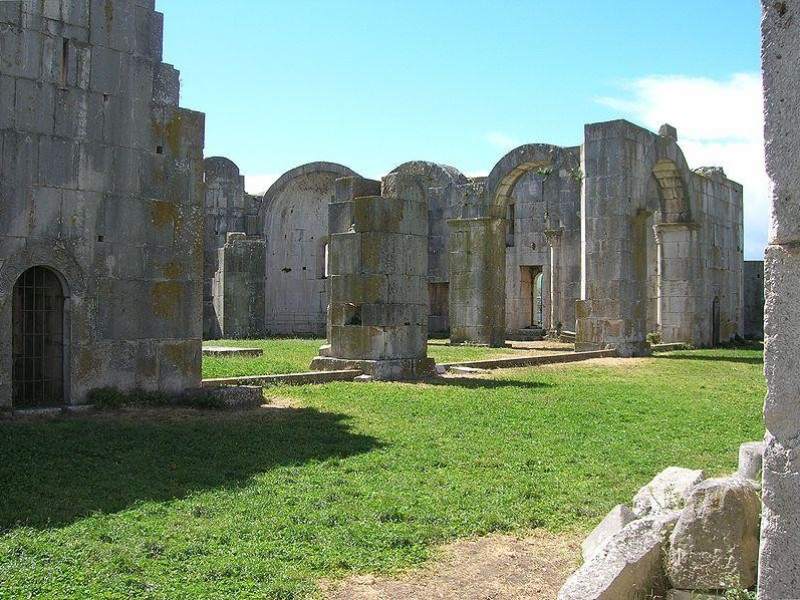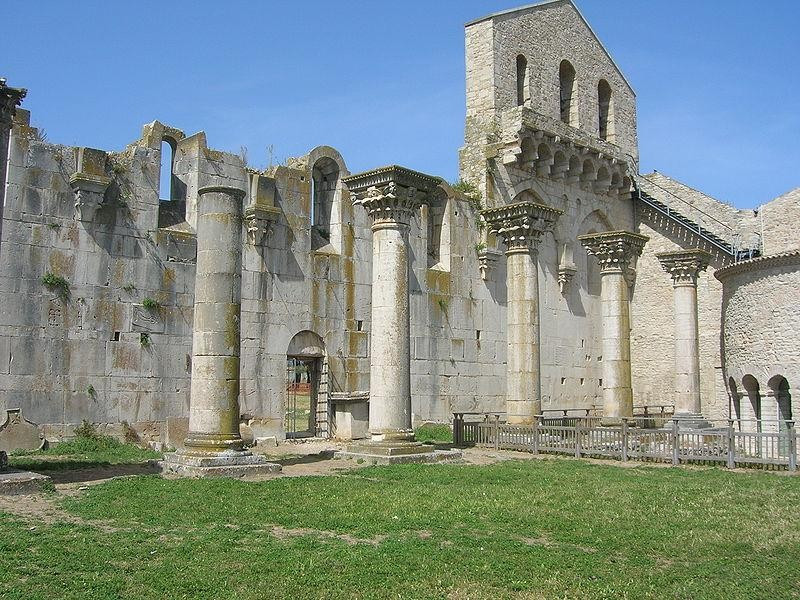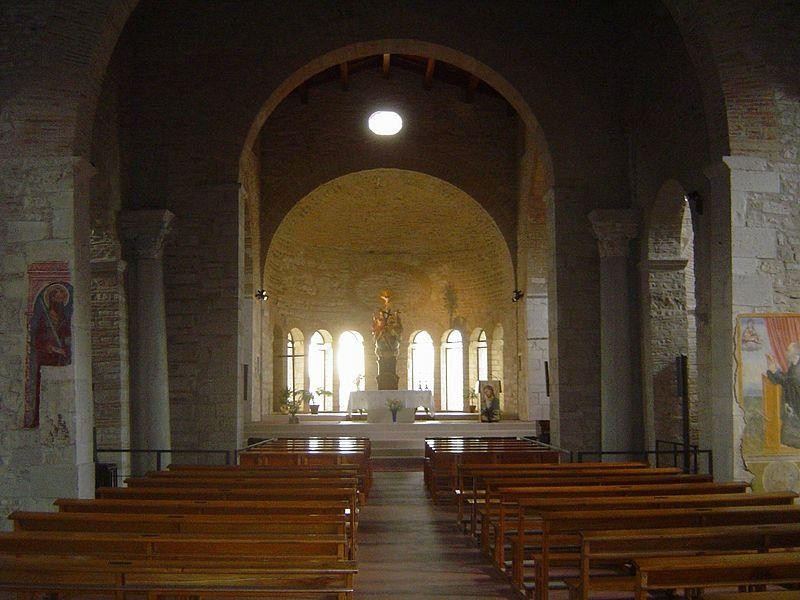Abbazia della Santissima Trinità (Complesso dell'Incompiuta)
The Complex of the Holy Trinity is one of the most important monument of Venosa, recognized "National Monument" since 1897. The original core consists of an early Christian basilica built between the fifth and sixth centuries. In 1059 it was consecrated and in the same year Robert the Guiscard would make shrine of Altavilla, burying inside his brothers. The Church still preserves the early Christian church with a Roman basilica plant, with a wide central nave and the apse on the bottom, but over time has undergone several changes, from the seventh century, and contributed to the Lombards (X Century) and the Normans (XI-XIII century). The entrance, in Romanesque style, showing off on the left side two sculptures of stone lions, and is preceded by two sides: the first, consisting of a portal, is a work by Master Palmieri (1287); the second consists of the massive arch of the porch. In the right nave is the Altavilla's Tomb. Next to the Church, the Incompiuta Complex, dating from the twelfth century. It is said that the work, funded by the Benedictines, began in mid-1100, but decreased continually because of the impoverishment of their assets until only final abandonment of the city. Inside are various works from the Roman Amphitheatre.




